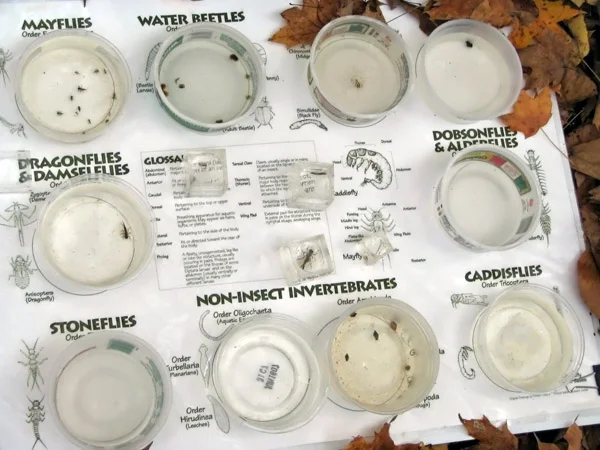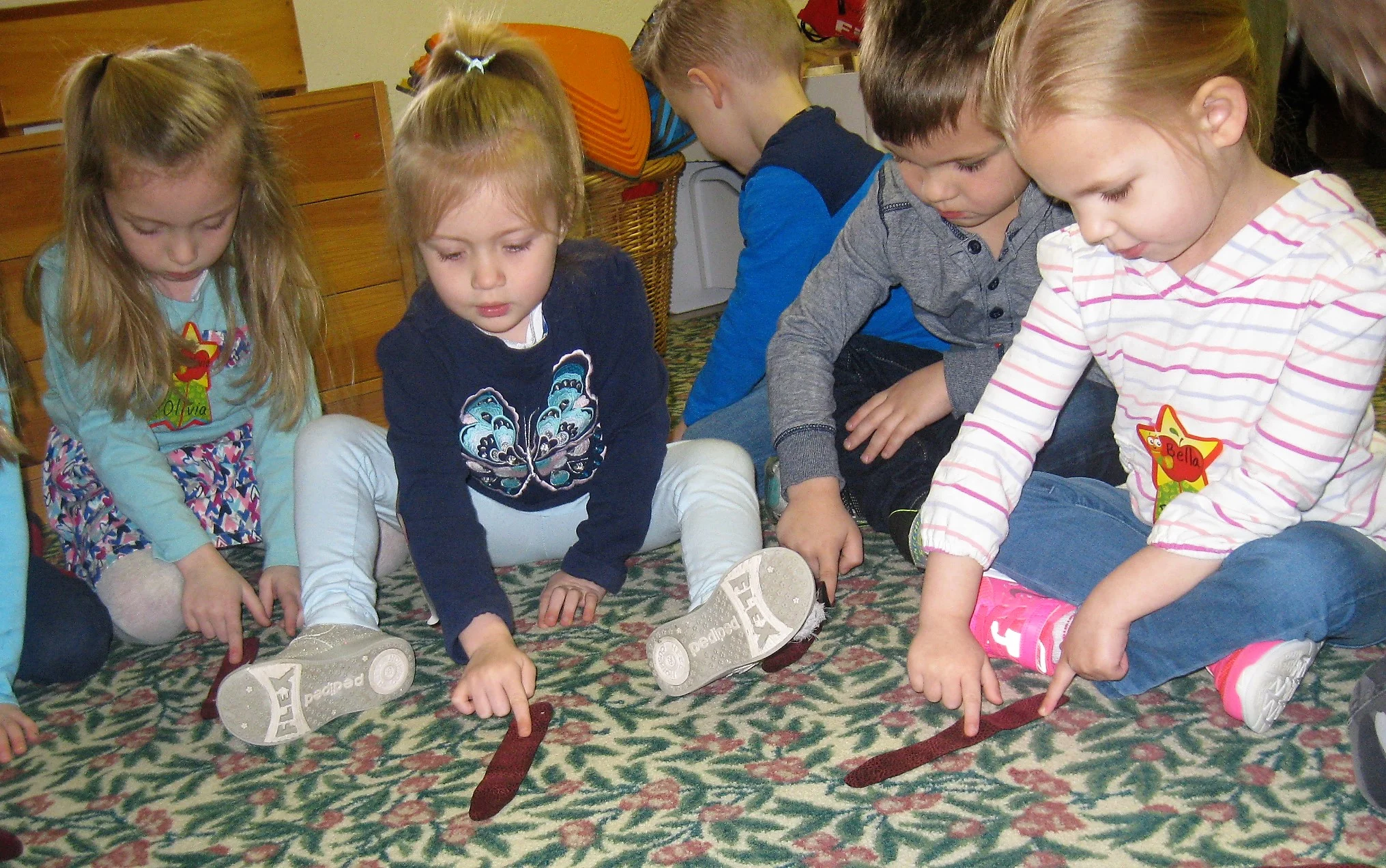Sunlight Energy Flow - Grades 3 - 5
Recommended for 3rd to 5th grade students. This active "Theater-in-the-Round" classroom presentation creatively covers the process of photosynthesis, the many links in a food chain, and answers the question, "What is the role of sunlight energy in turning on a light bulb?" Students transform into chlorophyll chefs, race through a food chain, perform the story of "Lunch!". This 1 hour lesson turns dry dusty textbook knowledge into an experience they won't forget!
Fee:
* $100.00 for a class of up to 24 plus a $10 Travel & Transportation fee per class when held at your classroom
* $7.50 per student ($75 minimum) when held at the Conservancy
Post-trip materials are included.
For more information or for reservations contact: PWC Education Department at education@perkiomenwatershed.org
What the teachers are saying:
”The children and I all enjoyed your energized and energetic energy lesson! As usual, you reallydrove the points home in a way that they can understand.”
- 3rd Grade Teacher, Woodland Elementary School
PDE Academic Standards covered in this lesson include:
3.1.2.A5 - Explain how different parts of a plant work together to make the organism function.
3.1.2.C2 - Explain that living things can only survive if their needs are being met.
3.2.2.B2 - Explore and describe how different forms of energy cause changes. (e.g., sunlight, heat, wind)
4.5.2.A - Identify the natural resources used to make various products.
3.1.3.A2 - Describe the basic needs of living things and their dependence on light, food, air, water, and shelter.
3.1.3.C3 - CONSTANCY AND CHANGE Recognize that fossils provide us with information about living things that inhabited the Earth long ago
3.2.3.B2 - Explore energy’s ability to cause motion or create change. Explore how energy can be found in moving objects, light, sound, and heat.
3.2.3.B6 - ENERGY Recognize that light from the sun is an important source of energy for living and nonliving systems and some source of energy is needed for all organisms to stay alive and grow.
4.1.3.D - Identify organisms that are dependent on one another in a given ecosystem.
4.3.3.A - Identify the natural resources used to make various products.
3.2.4.B2 - Identify types of energy and their ability to be stored and changed from one form to another.
3.2.4.B6 - ENERGY - Give examples of how energy can be transformed from one form to another.
4.1.4.A - Explain how living things are dependent upon other living and nonliving things for survival.
4.1.4.C - Explain how most life on earth gets its energy from the sun.
3.1.5.A2 - Describe how life on earth depends on energy from the sun.
3.2.5.B2 - Examine how energy can be transferred from one form to another.
3.2.5.B4 - Demonstrate how electrical circuits provide a means of transferring electrical energy when heat, light, sound, and chemical changes are produced.
3.3.5.A2 - Describe the usefulness of Earth’s physical resources as raw materials for the human made world.
3.1.6.A2 - Describe how energy derived from the sun is used by plants to produce sugars (photosynthesis) and is transferred within a food chain from producers (plants) to consumers to decomposers.







